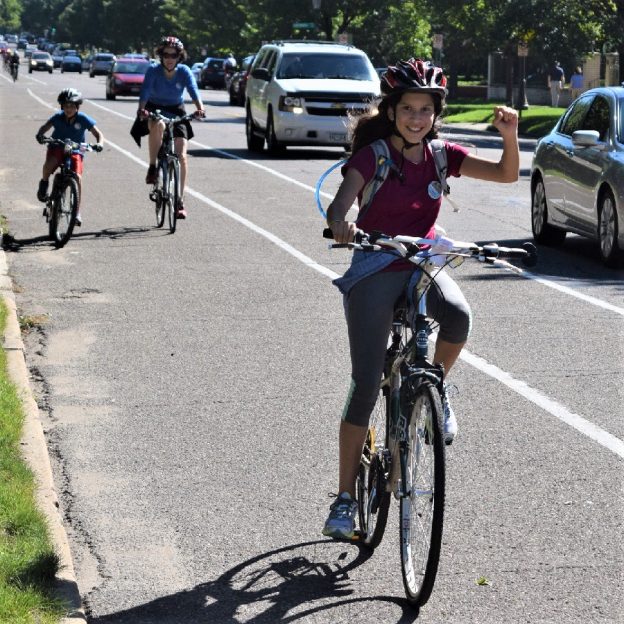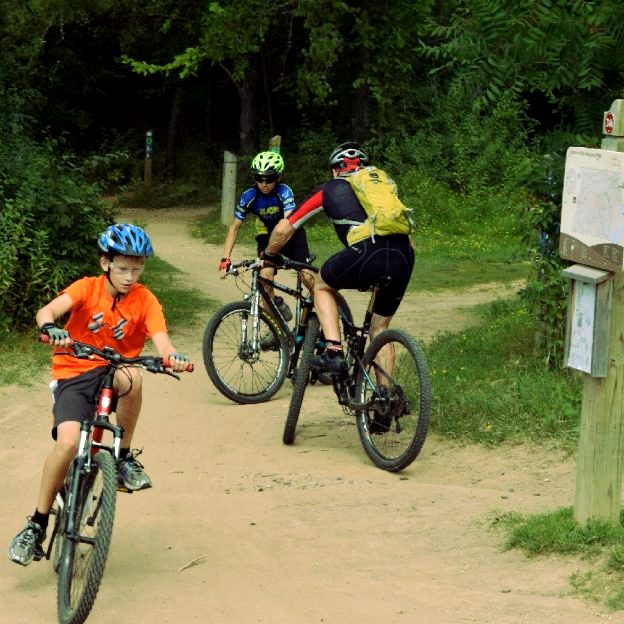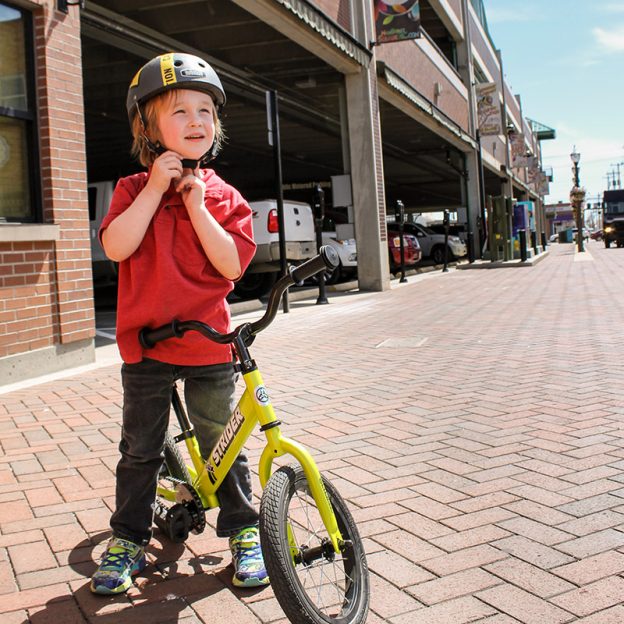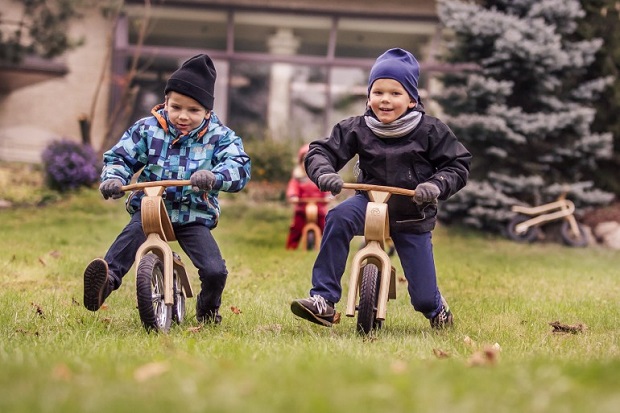Tag: kids bike
-

Tips and tricks to make riding to school fun, and safe
All around the country, bike paths are being built, and designated bike lanes are being established. So, riding to school can be an easy and safe option with all the colorful fall weather ahead. Many of these paths are routed from neighborhoods to nearby schools to get more kids energized by riding. To encourage your…
-

Kid’s bikes are the gateway to a lifetime of fun.
Knowing the differences between kids’ bikes when it is time to get your child on a bicycle will make your job easier. Whether it’s the first bike or an upgrade to a bigger size. Here are some tips so you know what’s best for your young rider.
-

Tips and tricks for keeping your kid’s bike running smooth and safe
Summer fun for you and the kids is two wheels away. It is a time to bond and explore a new area of the neighborhood and maybe share some life lessons? Sadly, that fun can come to a premature end if the bike breaks down. Here are the best ways to keep your kid’s bike…
-

Balance bikes are a great way for kids to adapt to a life of riding
Balance bikes are sweeping the world as the best way to teach children to ride bikes. What is a balance bike and how does it work? Balance bikes look a lot like a normal bike with two wheels, frame, seat and handlebars. What you won’t see on a balance bike is a crank, chain or…
-

Strider’s 14x is a new breed of balance bikes and out of the box
We’ve talked a lot about balance bikes in the past, and with good reason. Balance bikes teach children the most difficult aspect of riding in a fun and easy way. By doing away with the pedals, a balance bike allows kids to scoot along sidewalks and paths with relative ease while learning how to balance…
-

Balance bike offers wooden frame natural suspension
New York-based ZumZum wanted to design a balance bike that could do more than just give kids something to putter around on a Saturday afternoon. It wanted a design that would get kids excited about biking from an early age while giving them balance skills to take with them onto pedal bikes. To meet this…

